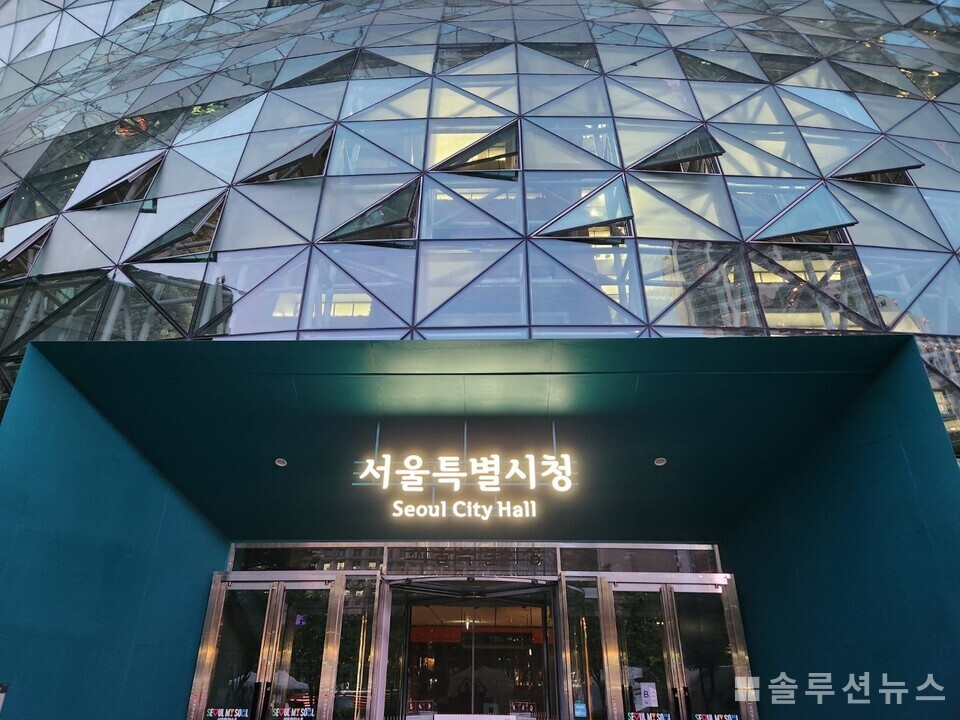The city of Seoul announced on the 26th that it will change and announce the “2030 Basic Plan for Urban and Residential Environment Maintenance” and immediately implement three types of regulatory repeals for maintenance projects. This comes five months after the announcement of the regulatory repeal plan from January to February and securing legal force, serving as a practical support measure for promoting maintenance projects in less promising areas.
The city of Seoul swiftly completed administrative procedures by finishing public viewings in March, soliciting city council opinions in April, and completing city planning committee reviews in May. The updated plan includes three regulatory repeals: relaxation of public contributions in height-restricted areas, relaxation of the floor area ratio when creating stereo parks, and concretization of the upwards adjustment standards for semi-residential zones near subway stations, along with the introduction of the ‘pre-review system.’
The “relaxation of public contribution in height-restricted areas” works by lowering the public contribution burden in areas with height restrictions, such as altitude districts, landscape districts, and around cultural heritage and schools. Generally, 10% of the area upwards is required to be donated for standard areas, but in height-restricted areas, only the additional secured floor area ratio is subject to public donation.
The “stereo park system” allows for the area designated as a park to be recognized as site area, thus increasing the number of units that can be built. This system is applied to redevelopment and reconstruction sites with creative designs and public benefits, with relaxation of floor area ratios applied differently depending on factors such as park quality, land value, and project conditions.
The “upwards adjustment of semi-residential zones near subway stations” prioritizes maintenance zones within a 250m (maximum 350m) radius of subway stations with official land prices below the city average. Factors such as the potential for accommodating mixed-use development and securing essential infrastructure are also considered in deciding whether to adjust the zoning.
The “pre-review system” simplifies procedures by allowing city planning committee reviews to be conducted simultaneously without requiring preliminary resident consent percentages for maintenance plan proposals. As a result, the designation process for maintenance zones is expected to be shortened by up to six months. This applies to all newly identified sites, including approximately 50 candidate sites for rapid integrated planning.
However, if there is conflict among residents, the district mayor must first confirm the consent rate, and if the opposition rate exceeds 20% (25% for public redevelopment), a reconsideration of the plan must precede the proposal.
The city of Seoul expects that this regulatory relaxation will focus on areas in need of substantial maintenance support without leading to indiscriminate density increases, ultimately establishing a balanced housing supply foundation in the city center. The updated plan can be found in the Seoul City Gazette, Seoul City’s website, and the information portal for maintenance projects.
